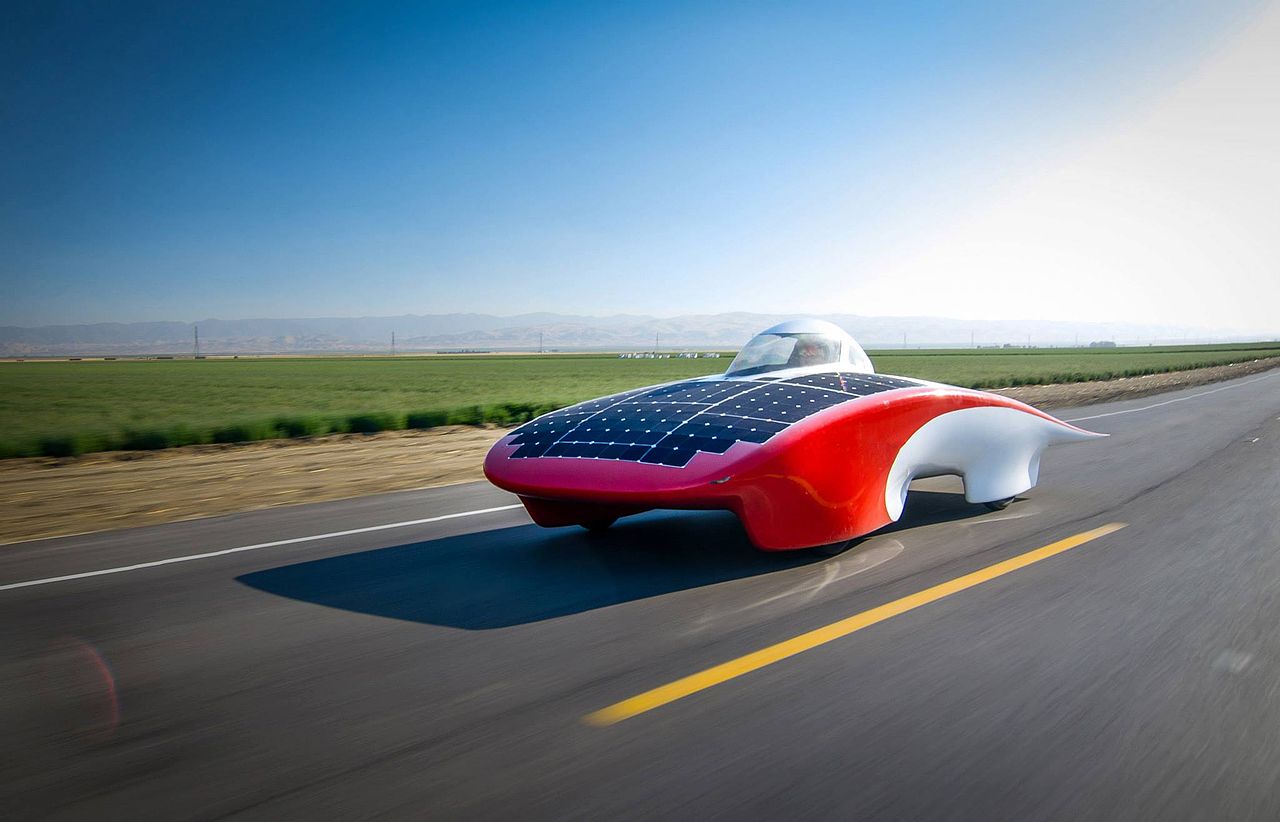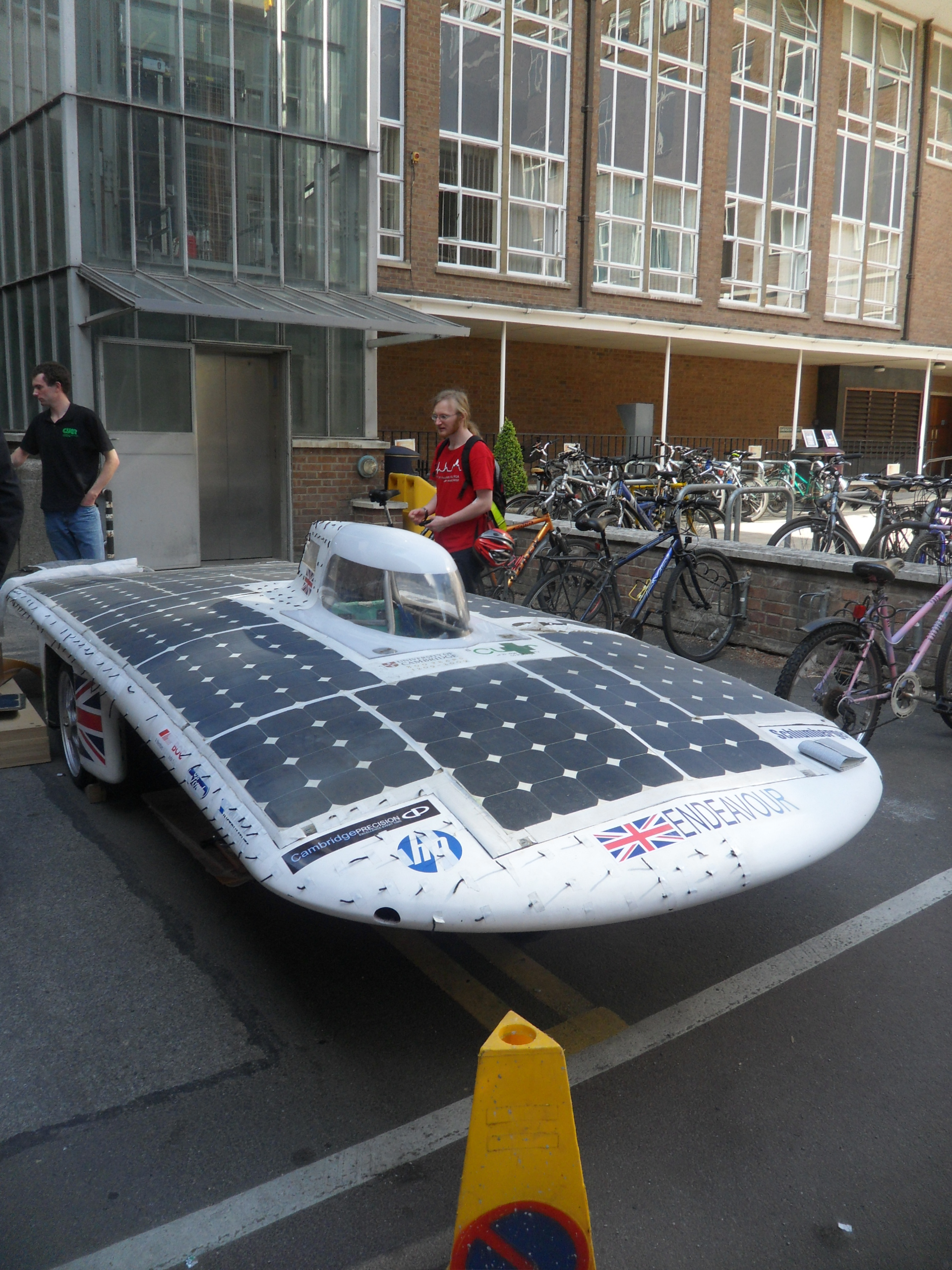
Solar and electric vehicles Part 2
Part - 2 -
Introduction We previously talked about Solar Vehicles vs. Electric Vehicles and covered the following points: Historical Development,Advantages of an EV, and Limitations of Electric Vehicles.
To read part 1 please click here: https://sinovoltaics.com/learning-center/electric-vehicles/solar-and-electric-vehicles-part-1/
Heating and Cooling of Electric Vehicles Conventional vehicles use waste heat for cabin heating when required. An engine driven air conditioning system is also added for warm situation. Heating and defrosting in EVs will have to be mainly electrical but integrated with battery and motor temperature management. Battery and motor waste heat provide part of the cabin heating. This will also prolong the battery life. EVs use a heat pump for both heating and cooling as required. Also, companies are improving cabin insulation in newer designs Power Sources A true electric vehicle will run only on electricity. While road vehicles will have batteries and plug-in charging, tracked vehicles like trains can remain continuously connected to power rails. Power rails overhead can have a direct connection, while power can also be obtained via induction from rails buried underground. A rechargeable battery powers Electric cars. In view of the limited capacity of available batteries, currently hybrid power systems are more popular. Hybrid systems have a fossil fuel engine and a generator in addition to the electric motor. Hybrid systems also provide a fall-back in case the electric drive fails.Electric vehicles can also be charged with solar energy. These vehicles are solar electric vehicles or simply solar vehicles. Such vehicles will have to depend on large batteries for storage, although plug-in charging and fossil generation will provide reliability and longer ranges. Electric Motors Although road EVs run on battery, companies use a 3-phase AC motor for higher power. They also use DC to AC inverters to provide the AC. Electric cars do not require gear trains for torque adjustment and this helps weight reduction and complexity. Motors of over 100 KW are used. Tesla motors designs employ induction motors while Nissan Leaf has permanent magnet motors. Universal motors will permit use of AC or DC. Electromagnetic Radiation Many people have expressed their concern about the effect of electromagnetic radiation from electrical motors. The fears are not really substantiated. Further, manufactures can shield motors in a Faraday cage. Solar Vehicles Solar vehicles run primarily on energy from the sun. (Although all energy on the earth does come from the sun directly or indirectly, here we are referring to solar photovoltaic PV energy). These are not common as passenger vehicles, but are primarily for solar car racing competitions and technology demonstrators. These are mostly fielded by universities. Solar cars may use high end of technology applicable in various diverse fields, like automobile, aerospace, alternate energy, and even the bicycle. It’s crucial to monitor a number of parameters of performance including those of the solar power system simultaneously. This can overload the driver. The support team always uses wireless telemetry to monitor all parameters in real time. 
Power Acquisition-Solar Array By definition, the power comes from the sun, although in practical solar vehicles, it’s wiser to have an alternate charging ability for emergencies. Photovoltaic arrays convert sunlight to electricity using hundreds of solar cells connected in various configurations giving powers in excess of 2 KW. Horizontal mounting is the most that permits collection most of the day, and has the least wind resistance during drive. Manufacturers integrate the horizontal array with the body, or as a separate canopy. The panels are adjustable to allow solar collection angles as the sun moves or vehicle changes direction. The array mounting design is always a compromise between power collection, wind resistance, cost, and vehicle stability during drive. In solar racing cars, manufacturers integrate and mount the arrays on all sides with as much streamlining as possible, and cover them with a thin layer of Tedlar. Electrical In a typical solar car the battery pack will allow a range of about 400Km when fully charged at continuous speeds of about 100 Km per hour. Manufacturers use Lithium ion or nickel-cadmium batteries to the total exclusion of the heavy lead acid batteries. The motors used are light and typically 2-3 horse power (about 2 KW). Body Structure of Solar Cars Body structure must be light, and fire-resistant. Solar car bodies will employ light-weight materials like glass fiber reinforced with carbon fiber as far as possible. The shape is specially streamlined in case of racing cars in order to decrease wind resistance. For this reason, manufacturers integrate the panels, and further give them a light overcoat of tedlar. Solar Car Races University teams in various competitions still use solar cars primarily as technology demonstrators in the field. These competitions are a good way to promote student research and ingenuity in addition to healthy sport. In Australia, they hold the World Solar Challenge over a distance of 3000 Km. Teams participate from the entire world. To learn more click here https://www.worldsolarchallenge.org/. In the American Solar Challenge, students participate and compete. The Dell-Winston School Solar Car Challenge organizes an annual race but on alternate tracks every year. High school students participate in this competition sponsored by Dell. The South African Solar Challenge is a bi-annual event that lasts for two weeks. The teams design and engineer the solar cars and race across the continent.
